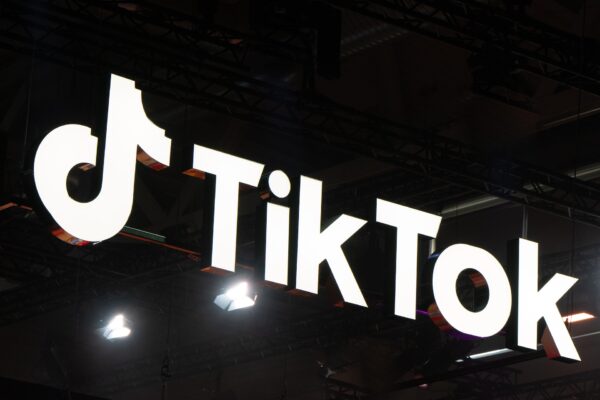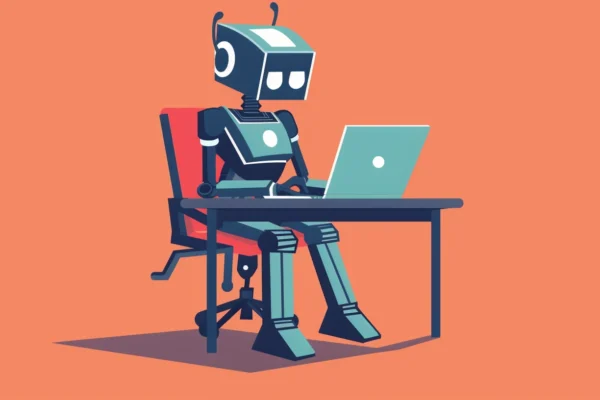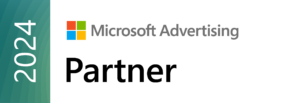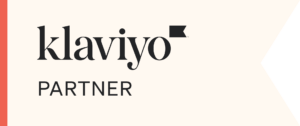According to Kurve,“ B2B buyers engage with 3-7 pieces of content before talking to a sales rep, and 11% said they consume over 7 pieces of content.”
What does this mean to you as a B2B marketer?
It means understanding the decision-making journey of your audience and providing the right content for each stage is important in B2B marketing. Not only creating the right content but the right content, at the right time.
In this blog, we’ll break down the B2B marketing funnel and some tips for creating content that will help you effectively target your audience at the various stages.
Understanding the B2B Marketing Funnel
A B2B marketing funnel is a visual representation of the different stages that a B2B customer goes through before they make a final purchase.
A B2B product or service is typically more complex and usually involves a bigger investment making the customer journey for B2B companies usually longer.
The basic stages of a B2B marketing funnel remain similar to that of a B2C marketing funnel, which is simply the journey an individual customer goes through before making a purchase. However, the complexities of B2B interactions require a more refined and usually longer approach.
Imagine a clothing manufacturer choosing a fabric supplier. They’ll likely consider numerous factors like quality, price, bulk ordering options, and payment terms before making a decision. This multi-stage process is typical of B2B marketing, where complex purchases involve careful evaluation.
In contrast, a B2C customer might see an ad for a new clothing brand and be swayed by the design and price, making a quicker purchase decision with fewer factors involved.
Stages of the B2B Marketing Funnel
Let’s delve into understanding the stages of the B2B marketing funnel, and how to target potential customers at each stage.
Awareness Stage
At the top of the funnel, there’s the “Awareness” stage. This is where you make your business known to potential customers.
Imagine it like introducing yourself at a networking event. The goal is to capture the attention of businesses that might benefit from your offer.
Unlike B2C marketing, where catchy slogans and viral campaigns might do the job, B2B audiences seek solutions to specific business challenges, and getting B2B consumers to know about your business might take more time.
How to Target B2B Customers at the Awareness Stage
- Leverage targeted B2B platforms: Just as with B2B marketing, strategically placing your content on the right platforms for your audience will help build awareness.
Platforms like industry publications, professional social media groups (like LinkedIn), and targeted online advertising to reach decision-makers within your specific industry can help you reach potential customers at the awareness stage.
- Event Marketing: Hosting events can help companies build relationships and network with potential clients or partner businesses. These events could be hosted by your company or B2B companies can attend conferences and webinars and promote their services to attendees.
- Partner with relevant businesses: Collaborating with complementary businesses to cross-promote content and expand your reach within the B2B landscape can help you capture more customers.
Interest Stage
Now that potential customers are aware of your brand, it’s time to demonstrate how your offerings address their specific needs.
At this stage, your customers have decided to do some research for themselves by doing some organic searches, reading blog posts, etc. The most important thing is that they voluntarily want to get to know about your product or service themselves
How to Target B2B Customers at The Consideration Stage
- Search Engine Optimization (SEO): Optimize your website and content for relevant keywords that potential customers are searching for. You can use tools like Google Keyword Planner to find search terms related to your industry and solutions.
- High-Value Content: Create content that addresses their specific needs, challenges, and questions during their research phase. These could be, blog posts with how-to guides and solution comparisons, downloadable in-depth resources like white papers, e-books, and reports and more.
- Social Media & Online Communities: Engage in relevant industry groups and forums, offering value and insights without being overly promotional. You can leverage tools like LinkedIn for targeted networking.
Consideration Stage
At this stage a customer begins to show interest in the products you offer and may want to give it a trial run or get more information.
For example, your company offers a cloud-based project management software solution for marketing agencies. Potential customers can request a free demo on your website. You notice a marketing director from a mid-sized agency has recently requested a demo. who has downloaded one of your demos.
How to Target B2B Customers at The Consideration Stage:
- Follow-Up Email After the Demo Request: A good follow-up email, thanking the potential customer for requesting a demo or whatever service you offer can be a good conversation starter. This makes a lasting impression and gives them the opportunity to ask more detailed questions that could get them further along the marketing funnel.
- Targeted Social Media Ads: Social media ads targeted at your audience, in this scenario, the marketing manager on platforms like LinkedIn will keep your name and products in sight of the potential customers. Posts that highlight your products and services can provide information that they need and can also open up conversations through engagement on posts, etc.
Decision Stage
As potential customers move down the funnel, they enter the “Decision stage”, where they are ready to commit – this is like sealing the deal after a productive meeting. This is the point where they’re seriously considering doing business with you. For you as a B2B marketer, it’s about addressing concerns, showcasing the unique selling points, and making a compelling case for why your solution is the right choice.
For example, going with the previous example, at this stage, the marketing director from a mid-sized agency has downloaded your demo and requested a follow-up call.
They have explored your demo extensively and have some specific questions about functionalities or evaluating pricing plans. They need to convince their team of your company’s value proposition.
How to Target B2B Customers at The Decision Stage
- Personalized responses: Focus on addressing the potential customer by name in emails and other forms of communication. Reference their business or specific challenges that you have discussed previously.
Doing this builds trust between you and the costumer, making them more likely to go further down the decision making process.
- Customized Pricing: You can also go as far as customizing prices to meet the specific needs of the customer. The goal again is to get them to trust that your business can provide them what they need.
Conversion Stage
Next, is the “conversion stage”, where the B2B customer is ready to make a purchase.
The conversion stage is critical, and many businesses often employ sales tactics, personalized communication, and effective closing strategies to secure the sale of the product or service.
You have the customer at a point where they are convinced you have something valuable to offer and they are willing to pay for it, make sure that you provide them with the best customer support.
Your customers should feel like they have made the right choice and are ready to fully commit to your business.
Retention Stage
So, you’ve gotten your prospect to convert, yay! But there’s one more thing.
The journey doesn’t end when a purchase is made; it transforms into the “Retention stage”, where you work on keeping your customers happy.
Like maintaining a solid connection after closing a deal, retention efforts involve excellent customer support, delivering on promises, and constantly delivering value to your customers
The goal is to turn customers into advocates who continue to use your services and spread the word about their positive experiences to other potential customers.
At this stage, the focus is on providing excellent customer service and listening to your customers. Demonstrate your commitment to continuous improvement by actively addressing feedback and implementing customer-centric enhancements.
The B2B marketing funnel, as we have discussed, can be complex. However, understanding how to target customers at each stage of the funnel will help you communicate the value you have to offer.







